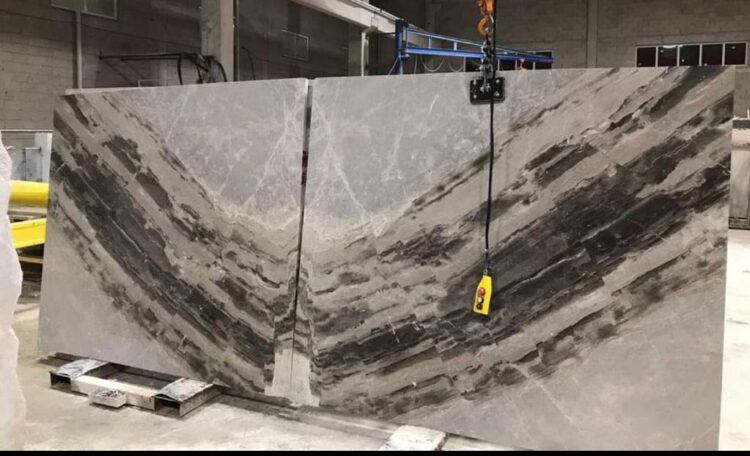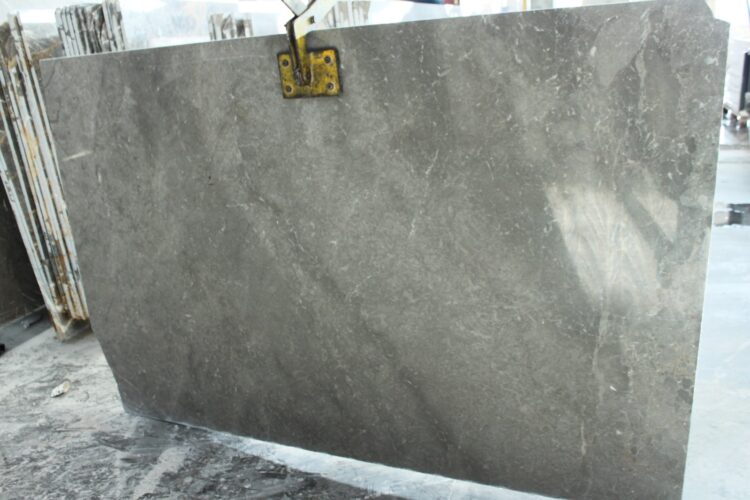Stefano Cavazzana is one of the leading Italian designers who embraces a minimalist, functional, and timeless aesthetic in the world of architecture and design. Born in Mestre in 1966, Cavazzana graduated with honors from the Venice Institute of Architecture and has since left a lasting impact on architectural, design, and graphic design projects. Influenced by masters like Carlo Scarpa, Cavazzana adopts a philosophy of stripping away unnecessary elements and infusing pure elegance into his designs. By harnessing the elegance of materials like natural stone, Cavazzana creates artistic and functional designs, merging traditional craftsmanship with contemporary technology and fostering a profound transformation in the world of design.
What were the main sources of inspiration for you when stepping into the world of architecture and design? Were there specific people or movements that influenced you during this process?
Having always studied in Venice first at the art institute and then architecture, I was influenced by a great master like Carlo Scarpa, who I think was one of the very few who was able to express himself at the highest level both as an architect and as a designer.
I then like: Eames, Castiglioni, Zanuso, Magistretti ( my favorite). The great Scandinavians, and many contemporary designers, such as Piero Lissoni, Antonio Citterio, Rodolfo Dordoni.
In your designs, the idea of eliminating unnecessary elements from functional structures and achieving a high level of synthesis stands out. Could you elaborate on this approach?
The beauty of the design is a collection of many parts that go together is not just shaping the aesthetic model, but going into a process that touches a lot of points: technology, choice of material, , all the way to an absolutely industrial idea. All these stages I think need no further frills, such as momentary fashions , the synthesis of all the previous stages requires considerable effort , and with a little touch of irony that never hurts…
You mention that your designs are shaped with a poetic meticulousness. How do you strike this balance? What elements do you think strengthen the poetic aspect of your design process?
Scarpa stated “We can say that the architecture that we would like to be poetry should be called harmony, like a beautiful woman’s face.”…From Scarpa I tried ( but I didn’t always succeed on the other hand he was a genius ) to borrow the use of texture, tactility and materiality, but also the ‘more geometric and orthogonal design approach that is always present in my projects .
How do you decide to use natural stones like marble in your projects? What are your thoughts on the aesthetic and functional value that marble adds to your designs?
Natural stone is purity in its most perfect form: design, colors and textures that history has given us, perfect in its peculiarities, it is asymmetrical, rough, irregular, unique and extraordinary. Every time I research a new material it is always a thrill , to see these fragments of life that will be shaped and molded, creating unique works always characterized by a different expressive energy.The choice then is made from time to time according to the use that will be made, for example in the kitchen LOGGIA OUTdoor I chose exclusively quartzites for their characteristics of resistance.
Could you talk about your collaborations with prestigious brands? How did you work together with brands such as Altamarea Bath, Bonaldo, and Leucos?
My Studio was born in 1998 from a background gained in the design sector and the collaborations with these brands were born out of a common vision ,characterized by a unique concept, in which the shapes, colors and materials express creativity and contemporaneity.The luck then that these companies are then in the Veneto certainly facilitates relationships , but it must also be said that behind these great companies there are also great people. One thing I would like to add is that I always try to alternate collaborations not only with big companies but also with small artisans:I think the real innovation now is to rediscover workmanship and to be able to combine it with industrial production
How do changing norms and expectations in the design world today affect your work? What new possibilities are you exploring in your future projects?
The world is changing very fast and in projects nowadays both for regulatory and ethical reasons I try to use high performance, hygienic, innovative materials with a special attention to the environment on the other hand it is our planet that asks us for more sustainable solutions. Tomorrow’s projects I think will be a combination of innovation and design, research and exploration and the conviction that furniture and in general all products designed today must and will have to stand the test of time, certainly nothing ephemeral or temporary, with a special attention to our planet…
Could you share the names and features of some of your standout projects? Can you provide details about the design process and outcomes of these projects?
Of projects there would be many but I would focus attention on two latest products presented during the last Salone del Mobile in Milan, entrebe the projects have in common natural stone and Carnia origin, this is because in addition to the functional characteristics to the project I possibly look for stones that tell something about my region or as in this case both materials come from Friuli a neighboring region.
Corner, the new concept of customizing Zampieri kitchens with rounded sides and thick worktops, also with curved profiles. Created to break out of the usual design canons, the Corner system with its soft lines and absence of edges knows how to give a touch of real uniqueness and exclusivity to the kitchen, synthesizing the company’s idea of custom made, which presents itself as a true design atelier of the highest level. Fior di pesco carnico marble was used for this project, an Italian marble with light tones ranging from white to gray to light green, with ivory, gray and pink veins. Like all materials of carbonate composition, Fior di Pesco Carnico marble also exhibits less strength than granites, although its compact crystalline structure makes it a material of good manageability in use.
Elle is instead a new bathroom collection, designed for Novello. I used Grigio Carnico marble for tops and sinks, a precious natural stone characterized by an intense gray color and important white, light and dark gray veins, which alternate to create splendid decorative patterns, a material very suitable for modern and contemporary applications, both for interiors and exteriors. Grigio Carnico is a marble extracted from the quarries located in the Natural Park of the Friulian Dolomites, the Carinche Alps, in the province of Udine – a characteristic, precious and versatile stone that manages to express the Friulian tradition of marble extraction and processing.







































 +90 532 585 51 95
+90 532 585 51 95 +90 532 585 51 95
+90 532 585 51 95